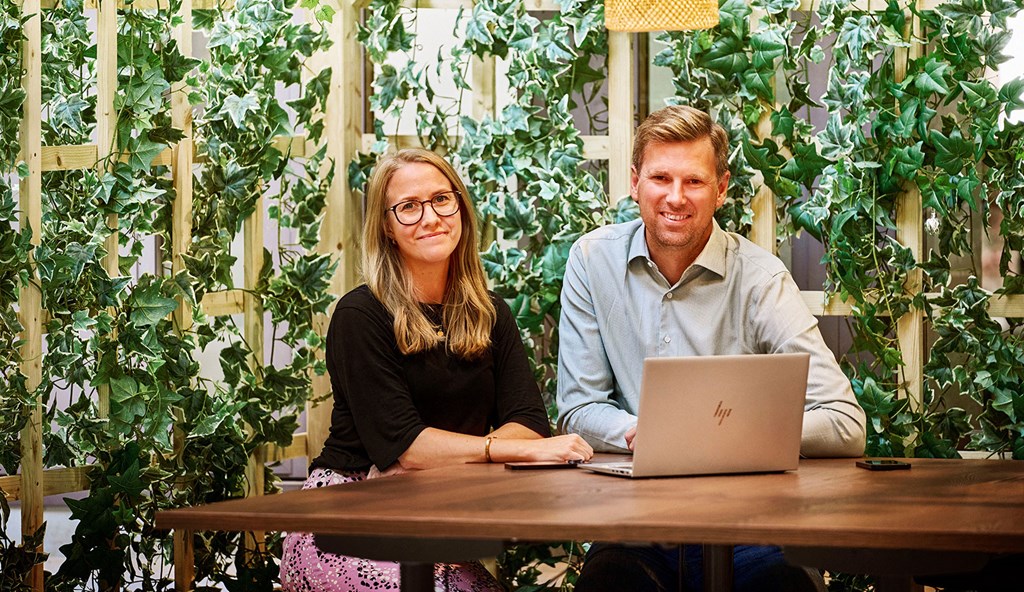- Payments are not something that customers want to think about; it should all just work. We spoke to Ulrika Ledel, Head of Digital & Remote Sales at Eurocard, about Europe's clearest payment trends and the increasing demands of customers.
When it comes to integrated payment solutions, there are some differences between European countries, but they’re undoubtedly all heading in the same direction.
”We can see that integrated payment solutions are becoming more common”, says Ulrika Ledel, who continues: ”Customer demands are increasing and the key to meeting those demands is seamlessness. A good service is the one that’s not noticed.”
Ulrika Ledel says that the corporate side is a little behind, compared to the consumer side because of stricter regulation. This is due to the fact that laws and regulations in particular, have made things more difficult and have slowed down technological development, among other things. She emphasizes however, that at the same time, one particular side brings out the other. The behaviors and requirements you have as a consumer are those you take with you into your company. It’s precisely these insights that drive development forward today.
Great global competition is also an important component in today's development. The market and consumers are no longer dependent on banks, and today have much greater freedom of choice. Curve, Revolut and Pleo are just a few examples of companies that have come up with their own seamless and integrated payment solutions. Even non-financial players such as Fortnox and Visma have also chosen to do the same.
Ulrika Ledel sees the increased competition as a win-win situation for everyone. Increased competition leads to new models, and new models lead to better solutions.
Mergers are increasing
Another clear trend in Europe is company mergers. They can take the form of acquisitions, partnerships or pure collaborations.
”The increased number of mergers is partly due to the fact that many choose to secure their business in what today is quite an uncertain world, but perhaps mainly because they want to support the customer and create a better customer experience”, says Ulrika Ledel.
Today, companies don’t make money on the transaction itself, but on ancillary services such as UX, the experience of a service, and other integrated solutions.
”No one wants to pay for the sake of paying. That’s why added value is becoming increasingly important for customers”, says Ulrika Ledel.
This can be anything from an overview of the company's own data, to user-friendliness and other options.
Even there, Ulrika Ledel believes that one can see a clear trend; that modular and tailor-made services are increasing.
”All customers are unique, and expect solutions that suit their needs. By offering a wide range of services, payment providers can guarantee that customers can tailor a solution that suits them.
Seamless and integrated payment solutions are not only good for customers, they also make the world smaller. Real-time payments, currency conversions and national borders are no longer an obstacle.
”Markets and customer bases that were previously out of reach are today literally one click away”, says Ulrika Ledel.
4 clear trends
- Seamless payment solutions
Simple, efficient and user-friendly payment solutions dominate. Customers demand services that do not require prior knowledge. It should just work. - Consumers lead the development
Consumers’ new behaviors and changing needs are accelerating the development of companies' integrated payment solutions. E-commerce's user-friendliness and checkout system play an important role in companies' development and adaptation. - Modular and tailor-made
All companies have different needs. Modular solutions allow them to tailor solutions that suit them. - Mergers of companies
Companies choose to merge to broaden their offerings and increase customer value.





